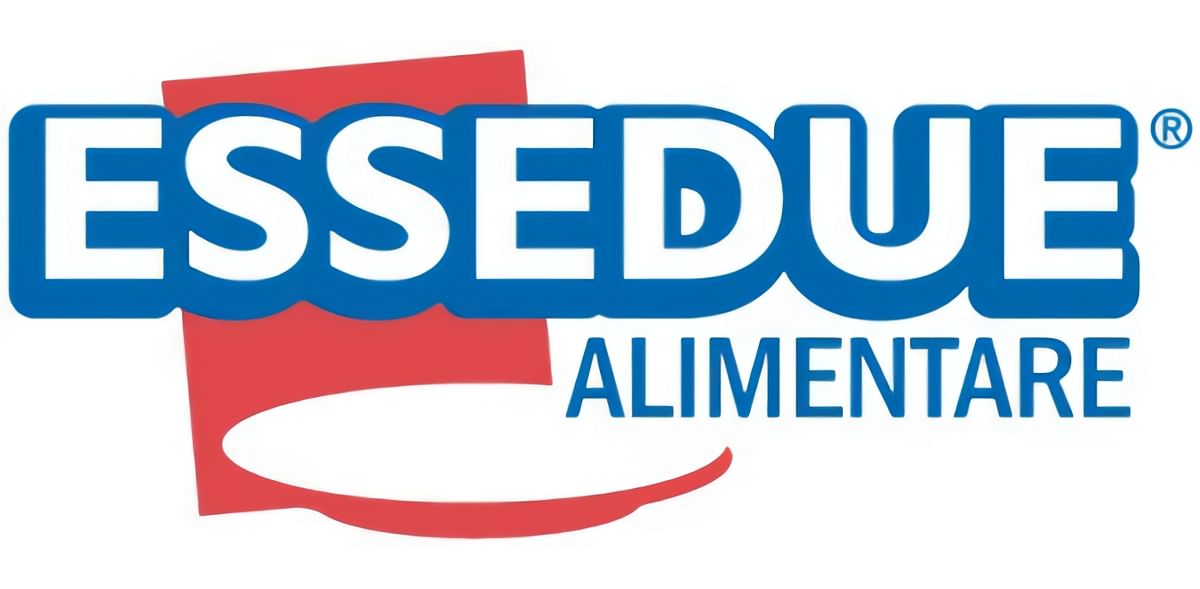Gnocchi (pronounced “NYO-kee” or “noh-kee”) are small Italian dumplings traditionally made from a mixture of cooked potatoes, wheat flour, and sometimes eggs and salt. The word “gnocchi” is thought to derive from the Italian “nocchio” (a knot in wood) or “nocca” (knuckle), reflecting their characteristic shape. While often served like pasta, gnocchi are technically dumplings, not pasta, due to their potato-based composition.
Click here to expand and learn more!
Traditional Ingredients and Preparation
- Potatoes: The primary ingredient, typically starchy varieties like Yukon Gold or Russet, which provide a fluffy texture.
- Flour: All-purpose flour is used to bind the dough.
- Egg or Egg Yolk: Acts as a binder, though some traditional recipes omit eggs for a lighter, more delicate gnocchi.
- Salt: Enhances flavor.
Preparation Steps:
- Cook Potatoes: Boil or steam potatoes (steaming preferred to avoid excess moisture), then peel while warm.
- Mash or Rice: Use a potato ricer or food mill for a lump-free mash.
- Mix Dough: Combine potatoes with flour, salt, and egg (if using), mixing gently to form a soft, shaggy dough.
- Shape: Roll dough into ropes, cut into small nuggets, and optionally shape using a gnocchi board or fork to create ridges that help hold sauce.
- Cooking: Boil in salted water; gnocchi are done when they float to the surface.
Variations
- With or Without Egg: Egg yolks provide binding and stability; omitting eggs yields a lighter but more fragile dumpling.
- Flour Types: Some recipes use semolina, rice flour, or even sweet potatoes for alternative textures and flavors.
- Regional Styles: Variations include Roman gnocchi (made from semolina), gnocchi alla Sorrentina (baked with tomato sauce and cheese), and others with added herbs, cheese, or vegetables.
Industrial Production
Modern gnocchi production for large-scale markets employs fully automated lines, ensuring consistency, hygiene, and efficiency. Key Steps in Industrial Gnocchi Production:
- Dough Preparation: Potatoes (fresh or dehydrated) are cooked, mashed, and mixed with flour and other ingredients.
- Forming: The dough passes through extruders or forming machines, shaping gnocchi with uniform size and ridges.
- Pre-Cooking: Gnocchi may be pre-cooked with steam for shelf-stable or refrigerated products.
- Drying/Pre-Drying: Shaker pre-dryers ventilate the gnocchi, reducing surface moisture and preventing sticking.
- Pasteurization and Cooling: For extended shelf life (up to 4–5 months), pasteurization and cooling are applied. Sterilization is used for even longer shelf life in some products.
- Packaging: Gnocchi are packed in modified-atmosphere or vacuum-sealed packaging to maintain freshness and hygiene.
Industrial lines can process from 300 kg/h up to 1,500 kg/h, depending on the scale, with strict attention to hygienic design for easy cleaning and maintenance.
Types of Commercial Gnocchi
Gnocchi is available in multiple formats for different markets:
- Fresh vacuum-packed gnocchi: Typically sold in supermarkets; shelf-stable for several weeks
- Frozen gnocchi: Used in foodservice and retail; long shelf life and convenient for bulk storage
- Dried gnocchi: Less common, but found in some long-shelf-life or emergency rations
- Gluten-free and specialty gnocchi: Made with rice, corn, or legume flours; popular in health-conscious markets
- Flavored gnocchi: Includes spinach, beetroot, pumpkin, or cheese for variety and meal customization
"Gnocchi are traditional Italian potato dumplings, celebrated for their tender texture and versatility. While homemade gnocchi require careful handling of dough and ingredients, industrial production ensures consistency and shelf life through automation, pasteurization, and advanced packaging. Gnocchi’s adaptability in both traditional and modern cuisines, along with scalable production, makes them a significant product in the global potato industry.."


